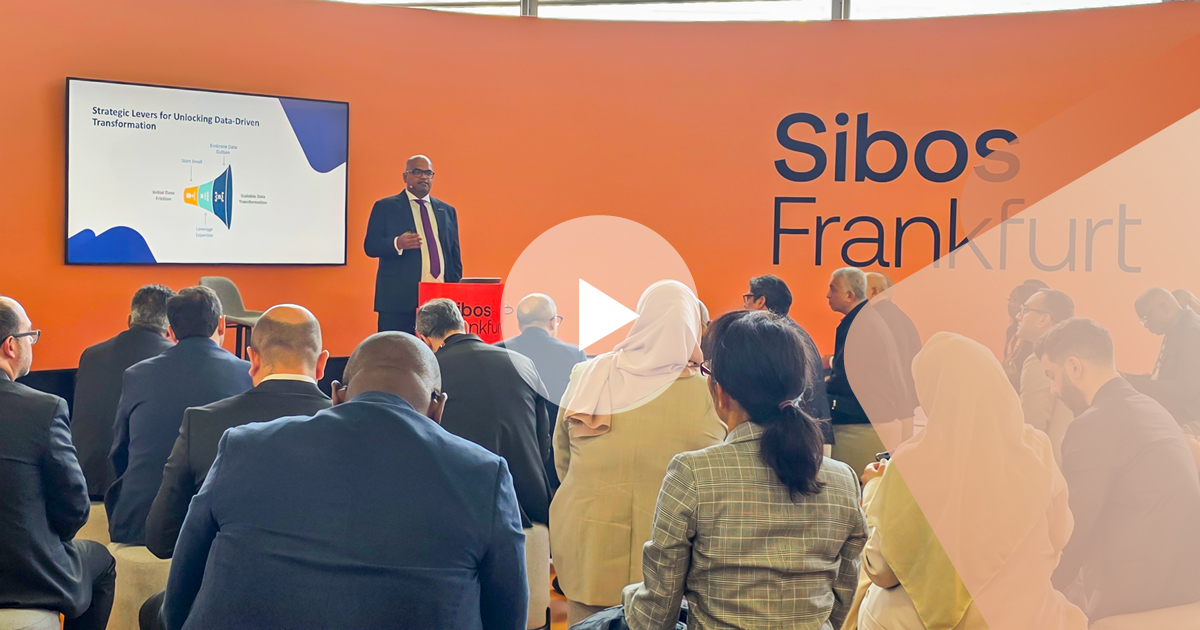
August 20, 2025
Easing the Operational Strain of Multi-Channel Payment Processing

Back in the early 1950s, one had to wait in a queue in front of one of the bank's teller windows to get their payments and transfers fulfilled. While the first Automated Teller Machine (ATM) appeared in 1963, it was not until 1973 that payments could be completed directly at a point-of-sale terminal.
Internet banking was introduced in 1994 during the early days of the internet, followed by the emergence of mobile banking in 1999.
Today, with the banking industry entering the second quarter of the 21st century, the channels used to initiate and fulfill transfers and payments have evolved into a wide range of options including on-premises administered as well as remotely managed sources and channels.
The emergence of mobile payment service providers in 2008 expanded the multi-channel landscape beyond bank-managed options to include channels partially or fully managed by third-party service providers.
The introduction of cloud hosting and cloud-managed financial services further expanded the boundaries of payment processing from a locally hosted infrastructure to one spread across multiple parties, diversified among locally hosted, third-party operated and fully cloud-based infrastructure.
In the 1970s and 1980s, global cross-border money transfers were largely dominated by money exchangers and the Swift network. Later, card networks gained market share and added to the complexities imposed on the industry by introducing multiple channels, different corridors and a wide spectrum of payment instruments.
To add another layer, local national payments and money transfer tools also expanded to include Automated Clearing House (ACH), Real-Time Gross Settlement (RTGS), instant payments and mobile payments clearing.
In addition to the wide range of correspondents that a financial institution must manage at an international level, the above-mentioned systems, tools and instruments alone can impose headaches on banks and financial institutions when it comes to handling the initiation and fulfillment of payments and money transfer processing.
In the age of artificial intelligence, robotic process automation and straight-through processing solutions equipped with the latest information technology tools, a centralized payments hub that bridge all those channels, corridors and networks becomes crucial and no longer a luxury option.
A payments hub fully integrated with the financial institution’s local systems and channels, and offering out-of-the-box connectivity to the most dominant global and national payment and transfer networks, is a highly desirable solution to streamline the initiation and fulfillment of payments and transfers across different channels and networks.
That payments hub also needs to be equipped with a smart engine capable of making decisions based on internal policies, business rules and consumer behavior. It needs real-time data analytics that allow the engine to direct payments or transfers to the appropriate channel, corridor or network that can fulfill the transaction via the most optimal path, with the shortest distance and lowest possible cost.
Our software engineering experts in application programming interfaces, interface integrations, international payments networks and message standards such as ISO 20022 and ISO 8583, artificial intelligence, real-time data analytics, and high-performance solutions have designed and developed the 21st century’s revolutionary, one-and-only payments hub solution. It handles them all at speed, with security, privacy, confidentiality, reliability, and scalability fully taken into consideration.
Eliminating almost 80% to 95% of manual effort in initiating, handling, processing and fulfilling payment transactions, whether at the national or cross-border level with interactions across global networks and correspondent corridors, it can process hundreds of thousands of transactions daily using the most optimal paths in terms of time and cost.
A financial institution needs only to set up the policies, business rules and integrated endpoints, then relax and watch exceptional results unfold in a seamlessly automated workflow.



